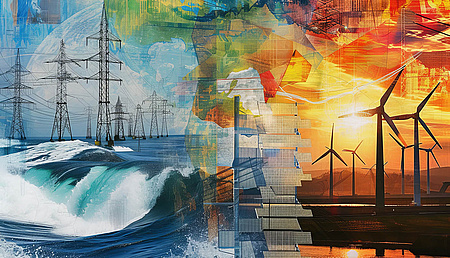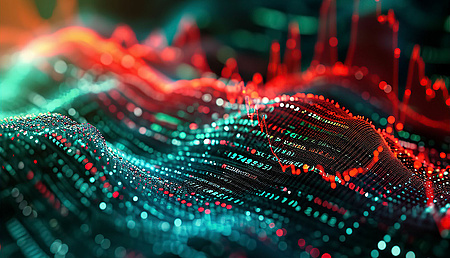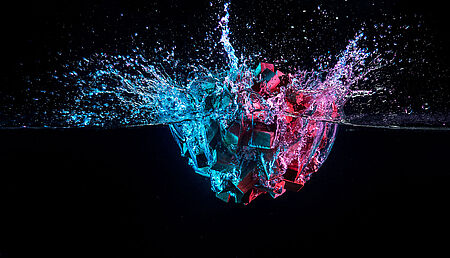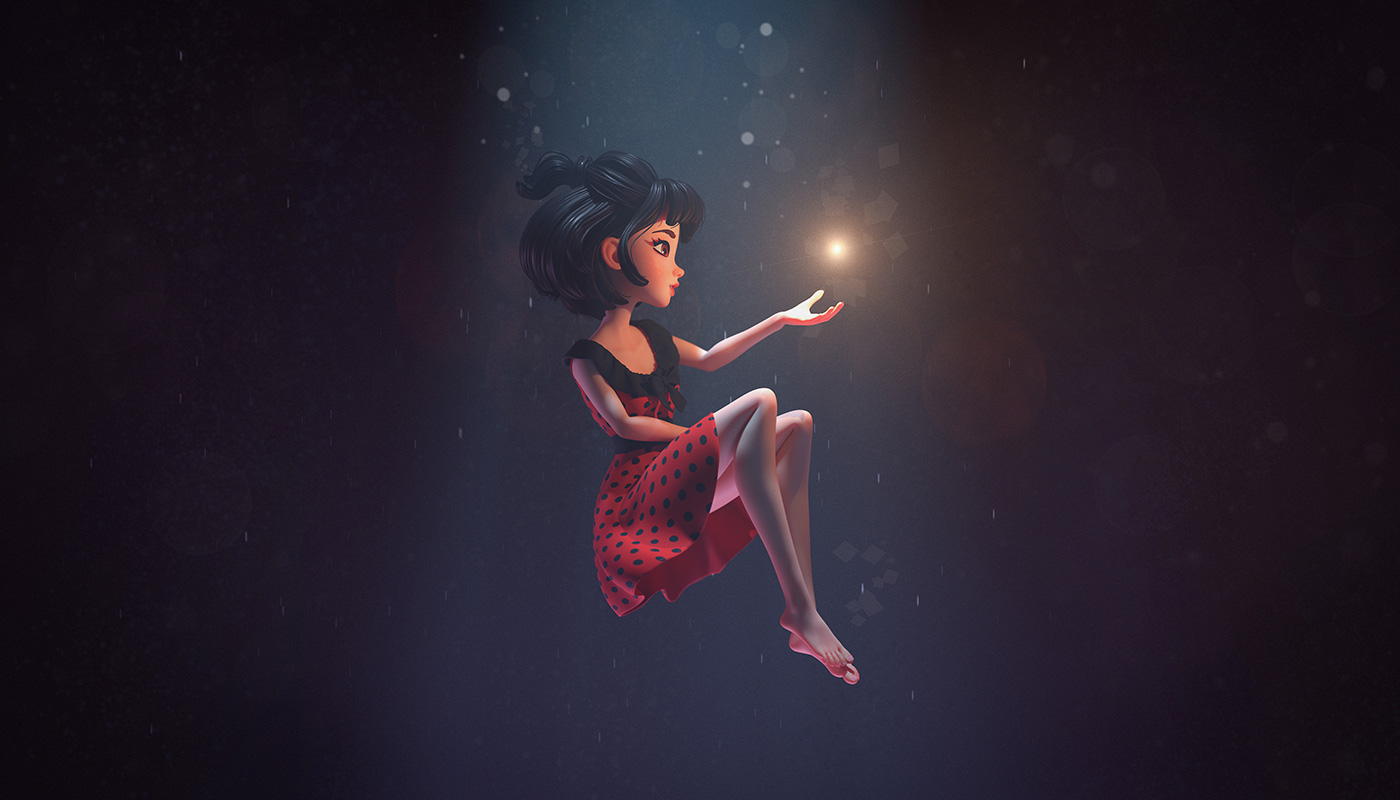
AI-generated images: Tech milestone, legal powderkeg … or both?
In recent months, it has become clear that using artificial intelligence (AI) to generate unique images is not some innocuous frivolity. In fact, it could be the flashpoint of countless Intellectual Property (IP) disputes in the near future insofar as copyrights are concerned.
Up until this point, it has seemed that AI-generated material and IP protection standards are like oil and water: They do not mix. Whether for patents or copyrights, the input of the human mind is required. But even this matter is far from settled, as we shall see.
Some jurisdictions have already addressed this issue to some degree through the prism of patents for inventions created by an AI program. This was the case with the "Device for the Autonomous Bootstrapping of Unified Sentience," or DABUS. Most courts ruled against DABUS creator Dr. Stephen Thaler's attempts to receive patent grants since his AI is not a natural person and cannot be an inventor nor a patentee. However, it should be pointed out that the AI expert's indefatigable efforts are not directed toward having computer systems recognized as natural persons, and thus the owners of IP, but rather toward the patentability of AI-generated inventions, with the exclusive rights ultimately assigned to the system's owner or programmer.
Nevertheless, Dr. Thaler's most recent denial came on October 20, 2022, from the U.S. Court of Appeals for the Federal Circuit when it rejected his arguments that "inventor" may include non-human entities when interpreted in the context of the Patent Act. The Court found that an "inventor" must be an "individual," relying on U.S. Supreme Court and Federal Circuit precedent, specifying that
"inventors must be natural persons and cannot be corporations or sovereigns."
Dr. Thaler has since indicated his intention to continue his attempts with a petition to the Supreme Court.
Painting by numbers: a new technology emerges
Pioneering computer scientist Harold Cohen, working at the University of California San Diego, used rudimentary rule-based AI to create AARON, a program that produced abstract art from Cohen's instructions, in 1973. The earliest AARON paintings started as black and white prints that Cohen would later colour himself, but Cohen eventually taught the AI to paint on its own.
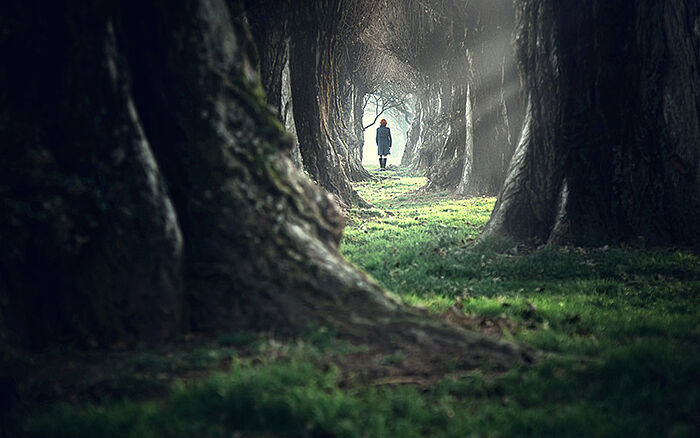
Early art-producing AIs could only draw abstract works as the finer points of composition and color were still decades down the path.
From then on, AI-generated art has only grown more similar to the human creativity it mimics as the algorithms and underlying technology become increasingly sophisticated. Examples ranged from art-producing convolutional neural networks (CNNs) like Google's Deep Dream project to the remarkably convincing, and sometimes sinister, face-swaps and de-aging of celebrities.
The DALL-E meme phenomenon
With the beta release of DALL-E 2 in July 2022, public users gained the right to employ their image results commercially – for a fee, of course. AI-generated imagery exploded onto the internet in a flurry of imaginative activity that was at once fascinating, bizarrely funny and legally dubious.
DALL-E 2, released by OpenAI, was not the only AI-driven image generator made available to the general public around this time. Midjourney, Stable Diffusion and DreamStudio AI all came out in the summer of 2022 and saw varying degrees of popularity.
Based on the artwork highlighted on its Community Showcase page, Midjourney is arguably most focused on attracting more serious (or, at the very least, more detail-focused) artists to its tool. DALL-E 2, by contrast, captured significant interest from people seeking to amuse themselves and others on the internet by combining the ludicrous with the mundane. Thus we have iconic cartoon characters shopping for TVs in big-box stores.
DALL-E 2's counterparts, including Midjourney and the open-source Craiyon, can create similarly out-there images when supplied with such fantastical prompts as "Bjork dressed as a goth playing golf, about to tee off at the ninth hole on a sunny day in Iceland." This is because these systems rely on highly specific text prompts for their consumer-facing models, and their algorithms were trained on billions of image-text pairings from all over the internet.
All fun and games until someone loses an IP
While the developers at OpenAI filtered out explicit or violent content and depictions of major public figures from their "training" material, they did not fully exclude trademarked, copyrighted or patented IP. Copyrighted content, in particular, would be nigh impossible to screen out on a scale of billions of examples.
AI imagine-generating tools vary significantly in their restrictions when it comes to basing pictures on copyrighted sources. For instance:
- Pixelz.ai readily allows prompts involving trademarked or copyrighted imagery from popular video games and comics (as well as of public figures), and the results can be uncannily realistic.
- On the other hand, instead of creating images, JumpStory uses AI to find "authentic" original pictures for legal use.
- Craiyon falls somewhere in the middle. While it does not preclude trademarked character names from prompts, the final results do not necessarily replicate the registered IP with high fidelity.
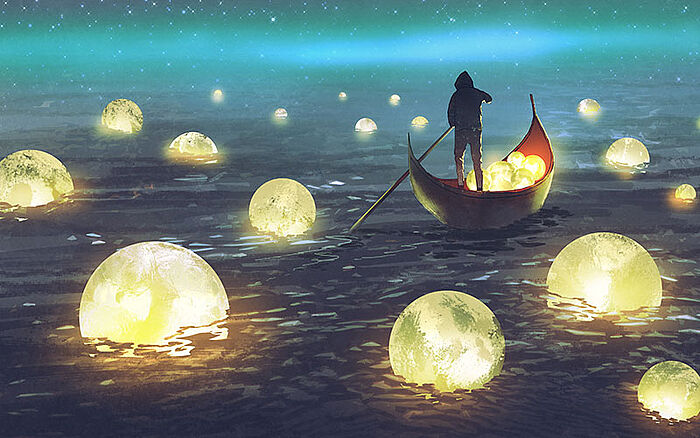
AI lends itself to dreamlike or fantastical images but still needs careful tending by a human artist to deliver esthetically pleasing works.
A murky legal picture
Several months before a deluge of AI-produced images hit internet pop culture, IP regulators in the United States were already tackling the legal status of an AI's output.
Dr. Thaler (of the aforementioned DABUS) had appealed to the United States Copyright Office (USCO) to award him the copyright to a work "autonomously created" by his computer program, Creativity Machine. The USCO denied him in a February 14 ruling, stating that "[Copyright] Office policy and practice makes human authorship a prerequisite for copyright protection." This decision, coupled with the results of Dr. Thaler's other international attempts, would seem to confirm that in most jurisdictions, IP can derive only from human ingenuity. One exception to this trend is South Africa, which has granted him patents with DUBAS as an inventor.
The emergence of the various AI image-generators brought similar issues to the fore, but with even more at stake. Creators of original art, AI programmers, end users, IP regulatory agencies, copyright and trademark lawyers and other IP professionals have many questions to consider, including (but hardly limited to) the following:
- Who "owns" the art created using these programs – if anyone?
- Does AI-generated art violate copyright or trademark law by default if it includes protected material, or can fair use or fair dealing standards apply?
- Is an artist's copyright infringed if it is used to "train" an AI?
- What is the threshold for material damage to the copyright or trademark holder's original work?
Some of these questions have been answered, at least in part. For one, it has been established that (for now) an AI cannot hold any form of IP right as it is not a natural person. Thus, only the company that owns the AI tool, the person inputting the text prompt or the owners of pre-existing copyrights and trademarks can claim ownership. This assignation of ownership varies by program and license agreement:
- Midjourney allows creators who work with its AI on a free or trial basis to use the imagery in any noncommercial way, with accreditation, based on a Creative Commons Attribution-Noncommercial 4.0 International Public License. The company remains the owner of the record and can license it freely. Those who pay for a Midjourney subscription own what they create, though Midjourney can still license it.
- DALL-E retains ownership, but licenses paying subscribers to reprint, sell, merchandise and otherwise commercially use the imagery they generate. OpenAI has warned that users can lose their rights to use images generated with DALL-E if they breach the company's terms and content policies, implying ownership could lie with the company rather than the system's developer or operator.
- Craiyon, being open-source, puts no restrictions on what users do with generated content, but because the company is partially ad-supported, this permission could quickly come under legal scrutiny.
The other big questions are harder to answer.
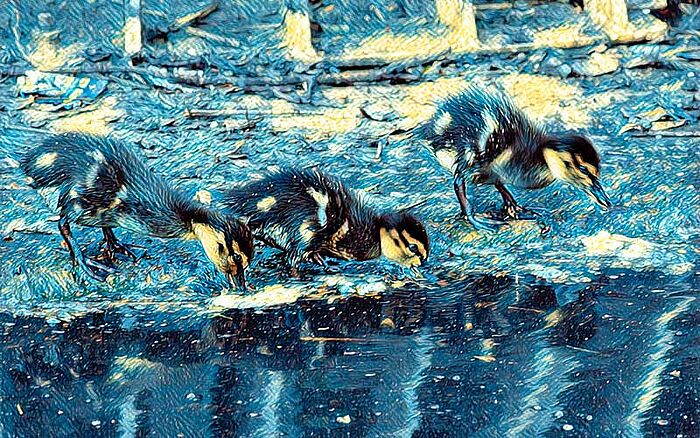
AI-generated artworks often alter input images to a greater or lesser extent, but this degree of transformation is crucial to determining whether or not a derived work infringes copyright. All the images in this article were created by human artists and traditionally licensed.
Lingering question marks
Transformation, or the lack thereof, is a standard test for determining copyright infringement. DALL-E 2, Craiyon, Midjourney and even Pixelz images can be so radically altered from their source materials as to be unrecognizable as derivations, making infringement harder to argue. Other products of the same tools are quite obviously based on existing IP and not transformative enough to elide an infringement accusation. But do they materially damage the IP owners' earning potential? This can only be examined on a case-by-case basis.
Have the AI images been monetized? If yes, then it is most likely infringement, though fair use or fair dealing exemptions may still apply. Then, consider that most of these tools have paid subscription models (Pixelz requires regular payment after a brief trial). Moreover, did the companies violate any IP law when first collecting images for the AI algorithms' training data? The critical factors are the datasets on which the AI models are trained, which may be copyright protected, and whether the newly generated images replicate the original source sufficiently to support a claim of infringement. There is currently no precedent backing up the proposition that a work created with publicly available AI training data constitutes fair use.
Though codified solutions to these issues may not arrive soon, some organizations have nonetheless planted their flags regarding AI-generated images: High-profile image provider Getty Images banned their use in September of this year. Conversely, Microsoft felt confident enough in DALL-E 2's viability that it partnered with the AI firm to create Microsoft Designer, a forthcoming app that will eventually be part of the Microsoft Office suite.
Artists and organizations can be left confused by what all this might entail for their IP, while others might be concerned about potentially infringing someone else's exclusive rights. But there is no need to worry. The IP law experts at Dennemeyer & Associates are your partners in crafting a comprehensive, effective IP protection strategy that can stand up to the changing winds of technology and regulations.
This article was first published on the CITMA website, November 23, 2022.
Filed in
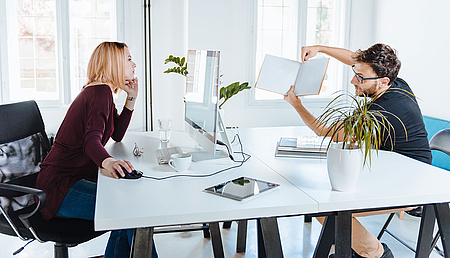
Learn how IP management and proper docketing techniques can improve your business's resource allocation and support cost efficiency.
